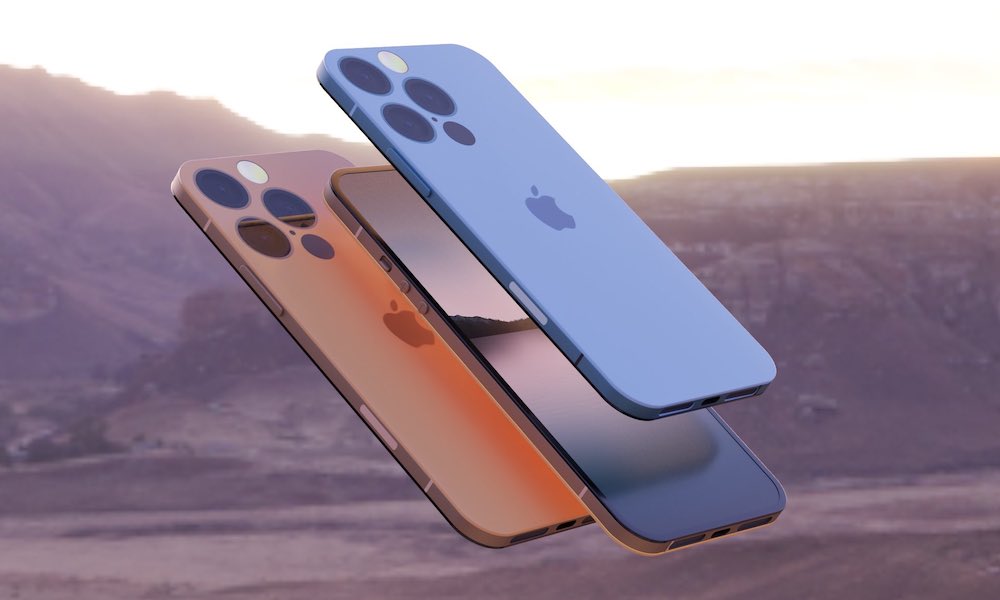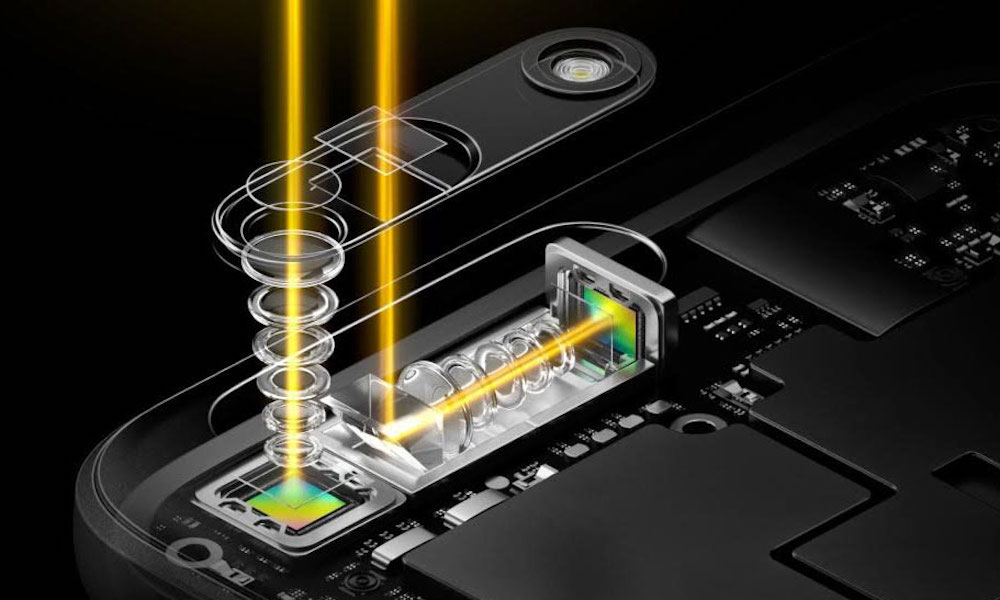The ‘iPhone 15’ Is on Track to Get a Periscope Lens in 2023
 Credit: AppleyPro / Twitter
Credit: AppleyPro / Twitter
Toggle Dark Mode
Although Apple is still expected to make some pretty big camera improvements to next year’s “iPhone 14”, it looks like we’ll have to wait until 2023 before we see the vastly improved optical zoom capabilities we’ve heard about.
Well-known Apple supply chain analyst Ming-Chi Kuo shared a new research note today where he reiterated his prediction from April that the “iPhone 14” will get a 48MP camera, which lines up with a related report we heard last week.
Unfortunately, Kuo also confirmed the periscope lens technology that Apple has reportedly been working on won’t be showing up until the so-called “iPhone 15” arrives in the fall of 2023.
A little over a year ago, Kuo predicted the new periscope lens would arrive on the 2022 “iPhone 14”, based on a new supply chain deal that Apple had signed with Korean optics company Semco. However, he revised that estimate earlier this year, stating that it wasn’t likely coming until 2023, and now he’s certain of that.
After all, Apple is almost certainly locking down its final prototypes for the “iPhone 14” at this point. Presumably, Kuo has spoken to sources within Apple’s supply chain to get an idea of what is — and isn’t — coming.
Although Ming-Chi Kuo has a much more reliable track record than most analysts when it comes to Apple’s overall plans, it’s difficult for any analyst to nail down specific timelines too far in advance. In other words, Kuo often has a pretty good idea of what is coming, but the when is somewhat of a guess — particularly when it’s more than a year or two away.
So, while it seems apparent that Apple is working on periscope lens technology, Kuo likely only knows it’s not coming in 2022, so he’s guessing that Apple will be pushing it off into 2023 — but that’s assuming Apple doesn’t run into other challenges in getting it to work or securing enough of a supply of the new lenses.
What This Means
We’ve heard enough reports by now to suggest that the larger 48MP sensor on next year’s “iPhone 14” is extremely likely to materialize, but as we noted last week, this may not be precisely what some would assume it to be.
Apple has never been interested in playing the kind of specs games that many of its Android rivals do. It’s not about boasting higher numbers of megapixels, but rather doing the best it can do with what it has.
Hence, it’s likely the “iPhone 14” will still produce 12MP photos, putting the extra megapixels in the sensor to better use than just adding resolution that the human eye can’t see. With Apple’s incredible computational photography skills, a larger sensor could offer low light performance never seen in a smartphone camera, along with greater clarity and less noise. This could also provide significantly improved digital zoom capabilities.
On the other hand, a periscope camera, also known as a folding lens system, would allow even better optical zoom capabilities. Pair this with the rumoured 48MP sensor, and this could usher in a whole new generation of mobile photography.
Periscope lenses aren’t an entirely new idea. Other smartphone manufacturers like Oppo have been using them for about four years now, and some feature phones may have been using them as far back as 2004. They borrow their name from the traditional periscope, which uses a series of mirrors to allow users to see around corners effectively.
As for a periscope camera, however, the same trick is employed to provide a greater distance between two optical magnification lenses than would normally be achievable in a smartphone case. As you’re probably aware, longer lenses provide higher magnification capabilities. Still, of course, very few people are willing to have a two-inch lens protruding out the back of their smartphone just to get a higher level of optical zoom.
However, the same principle that makes the traditional periscope work can be used to place the camera lens system along the length of the iPhone, using a pair of mirrors or prisms to bend the light so that you still take a photo in the traditional way.
Periscope lens technology has allowed some Android smartphones to boost optical zoom levels of up to 10X. While Apple is clearly late to the party here, it’s fair to say that it’s likely taking its time to do this right since it rarely tries to boost specs just for the sake of boasting higher numbers. At the end of the day, Apple cares about the overall quality of the photos the iPhone can actually capture, not just being able to throw around a bunch of numbers that sound impressive.
[The information provided in this article has NOT been confirmed by Apple and may be speculation. Provided details may not be factual. Take all rumors, tech or otherwise, with a grain of salt.]







